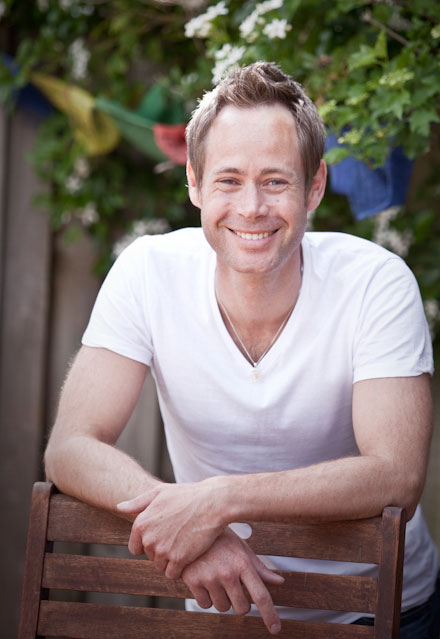Teacher's Inspiration, James Reeves

Teachers Inspiration
James Reeves
Whenever I'm delivering a training, or assisting at one, there is one feature of the iRest Yoga Nidra practice that never fails to draw questions and further enquiry: the inner resource. My teachers-in-training always want to know just how important it is - this process of building and being able to connect with your own place of inner sanctuary.
I had an interesting journey with this particular part of the process myself. Years ago, before I met Richard, I worked only using his first book and CD. However, the publishers had somehow omitted the part of the recording that explained the inner resource, and so for two full years I practiced without even knowing what it was! Now, although this was unfortunate, it was not a huge hindrance; I was already a seasoned meditator, and perhaps without labeling it an 'inner resource' had established a good 'foundation' in well-being.
Therefore, the reflection on who we are working with, and what they are showing up with, becomes essential here. If somebody is very new to meditation, or coming in to your therapy room with trauma, dissociation or anxiety, then learning how to build an inner resource will be an important first step. In contrast, if a long-term meditator arrives and tells you in their first session that they know and have experienced 'being' and deep stages of meditation, it may not be so important for them - although it certainly would be a useful tool for them to add to their practice.
Then, there are the less-clear cases, where you may have to explore the process of building an inner resource in a different way. For example, one of my recent teachers-in-training experienced powerful dissociation whenever we entered the inner resource practice. She would become incredibly anxious, and even have flashbacks and severe tremors. Leaving the 'now' and going in to memory, re-triggered her trauma, so we had to stop the process. We took a walk in the grounds of the retreat centre. With our shoes off, we could feel the grass under our feet, and with the smell of spring in the air and the sense of peace that comes from being out in the country and 'away from it all', we soon established an 'outer resource'. Then. what became this person's inner resource was actually the experience of being with the trainer and staff, and being held safe within the group.
At the time, I didn't frame this as an inner resource to her, it just arrived and gave her the ballast and keel to move on in to the next stages of the practice. Everyone is different and some people won't respond to fantasy, visualization, or memory, but most people can connect to a first-hand experience of well-being, and, thankfully, this can be found in the simplest of things.
James Reeves
James's full bio